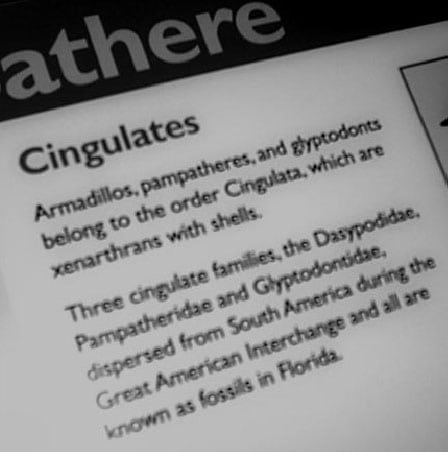Secrets of Effective Copywriting Unlocked for You
Thursday, September 8, 2016 8:00 PM by Taylor Studios in Design and Planning

Copywriting for interpretive exhibits is an art. Visitors go to museums and nature centers for education, but they also don’t want to be bored. Writing needs to be informative but not overly-academic. Caveat: it also can’t be too dumbed-down that it’s patronizing. And what about length? One of the things that visitors hate above all else is large amounts of text – the classic “book on the wall” that you’ve probably seen at many outdated museums. Visitors want to learn, but they want the “lesson” to be brief. Text in exhibits should always error towards less, rather than more.

Another success factor is relevance. Text must be understandable to visitors and relate to something that they personally care about. If the text does not personally connect to your visitors’ lives, they simply won’t take the time to read it. For example, unless you were a world expert on armadillos, would this museum label interest you?
Of course not! Copywriting must get rid of irrelevant, overly didactic terms and relate directly to the everyday visitor. Armadillos are fascinating – but poor writing can definitely make them a yawn!
And this is just the beginning – the various rules and guidelines for successful exhibit copywriting can at times seem overwhelming. Wouldn’t it be nice if there was a simple infographic “cheat sheet,” listing the most important “best practices” when writing for interpretive exhibits? Well, it’s your lucky day! Our interpretive team at Taylor Studios recently put together a new guide, just fill out the simple form below. Take a look, perhaps take a few notes, and let us know if it was helpful!
Image compliments of Eugene Dillenburg
Share this on social networks